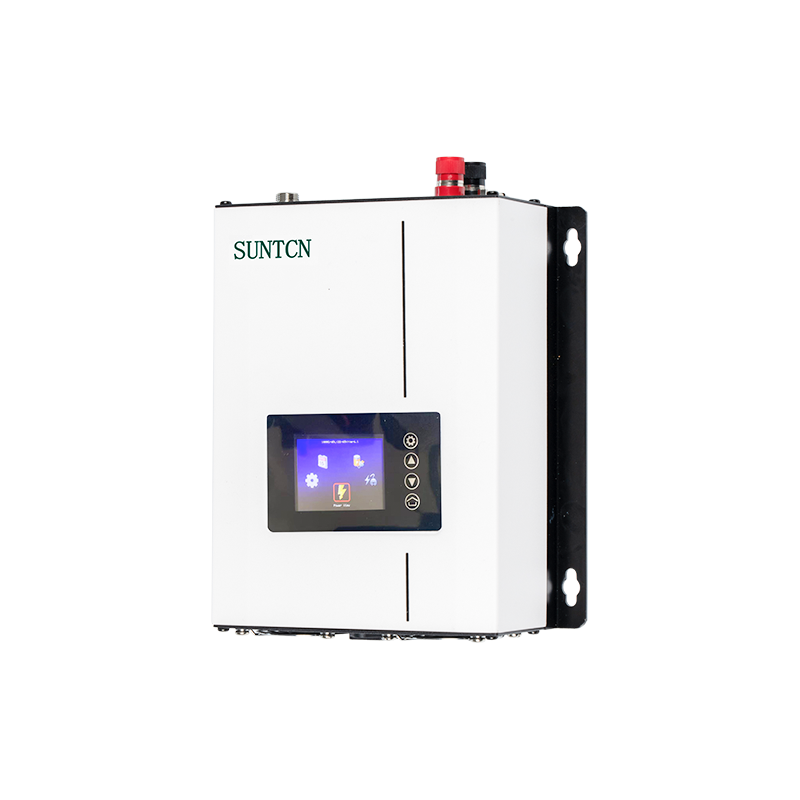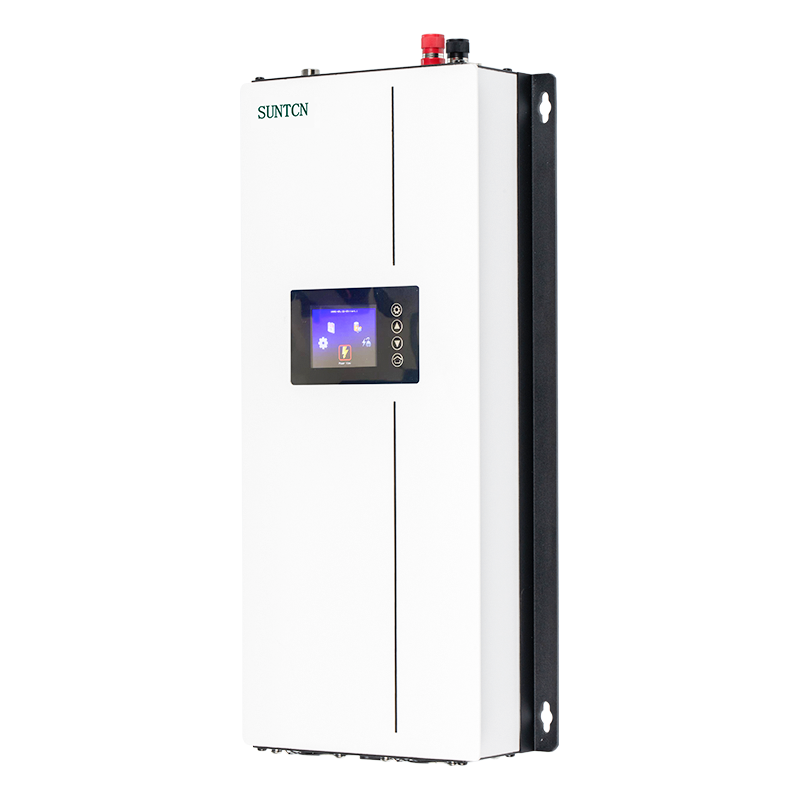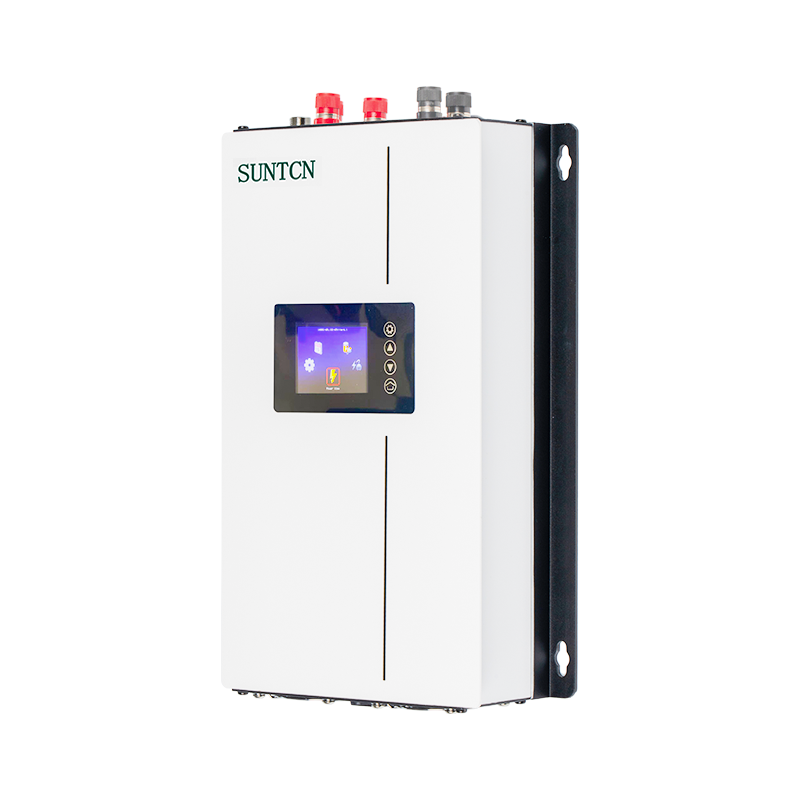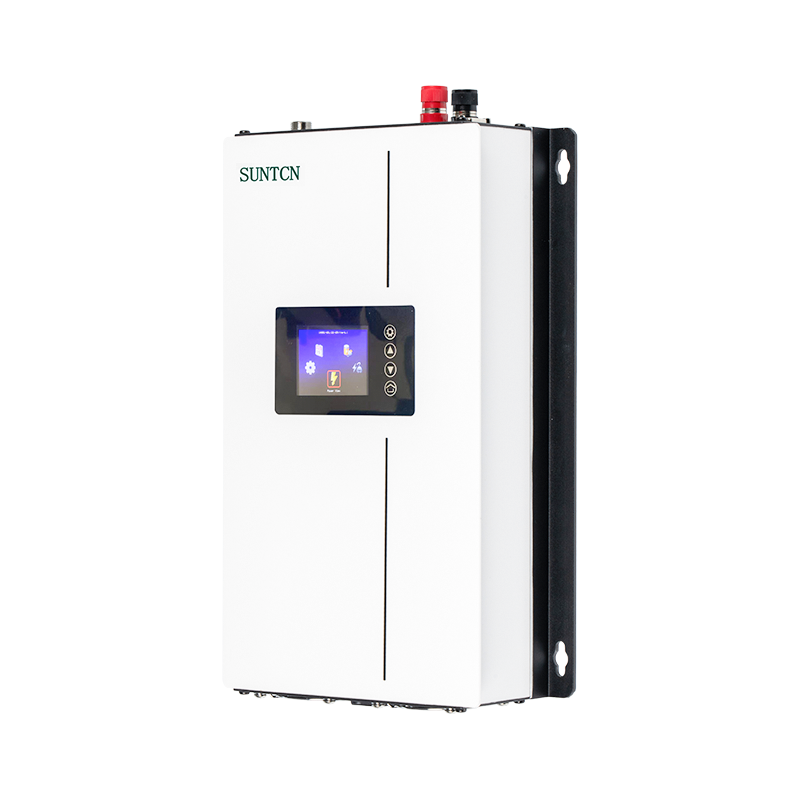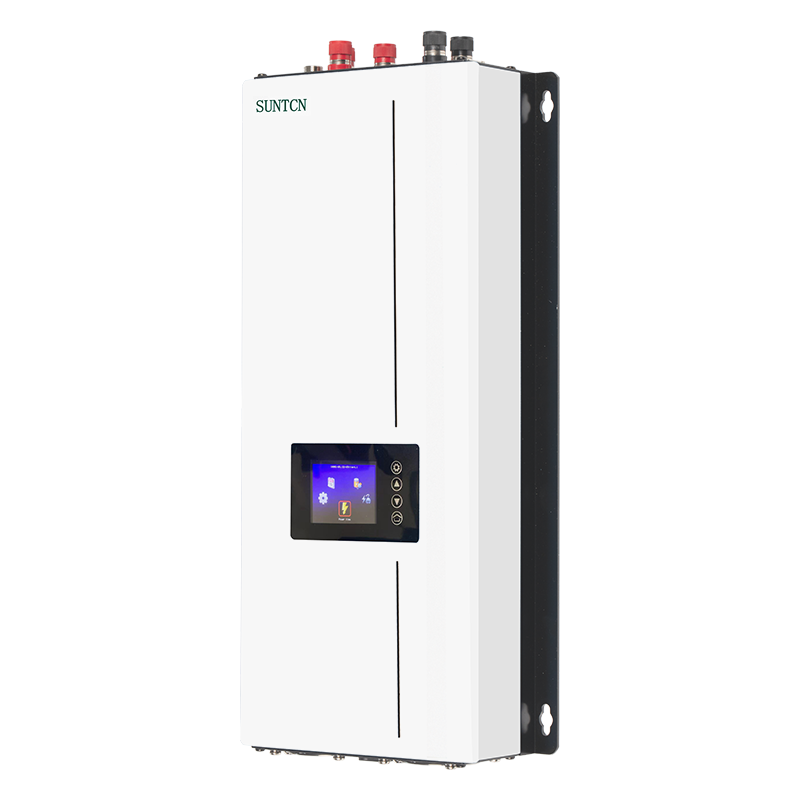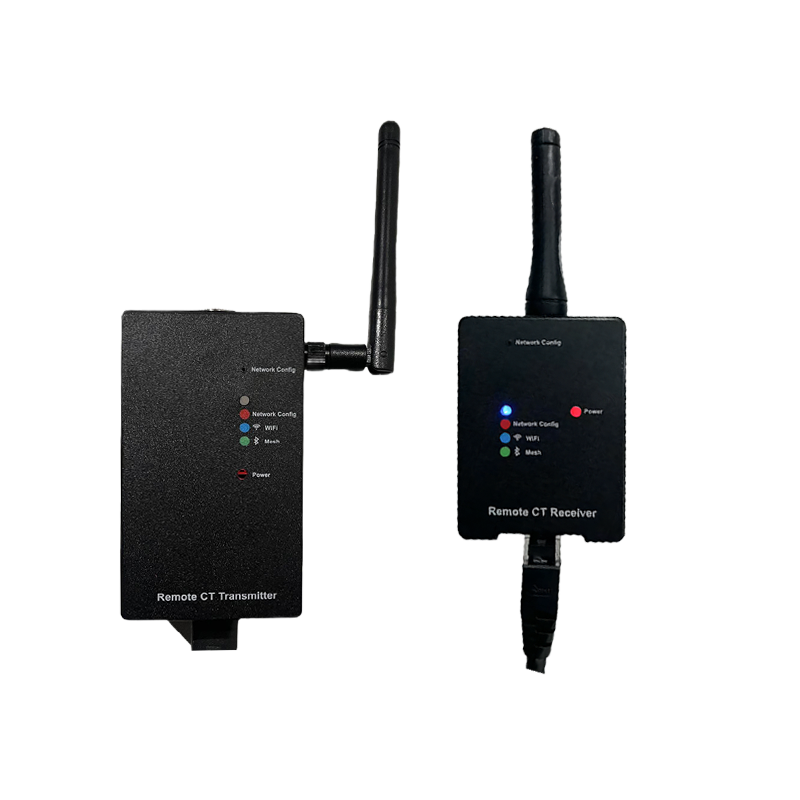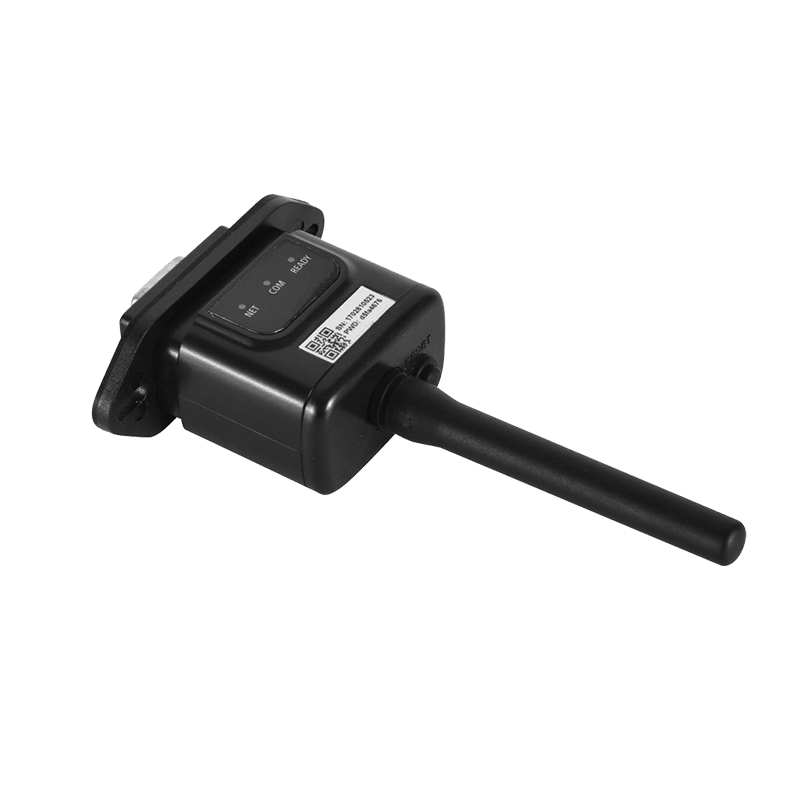Wind Grid Tie Inverters incorporate several safety features to protect against power surges, grid failures, and other potential hazards. Here are some of the key safety mechanisms included in these inverters:
1. Anti-Islanding Protection
Function: Prevents the inverter from feeding power into the grid during a grid outage or failure.
Purpose: Ensures the safety of utility workers who might be repairing the grid, and prevents damage to the inverter and connected devices.
2. Overvoltage and Undervoltage Protection
Function: Monitors the voltage levels of the grid and disconnects the inverter if the voltage exceeds safe limits.
Purpose: Protects the inverter and connected electrical devices from damage due to voltage spikes (overvoltage) or drops (undervoltage).
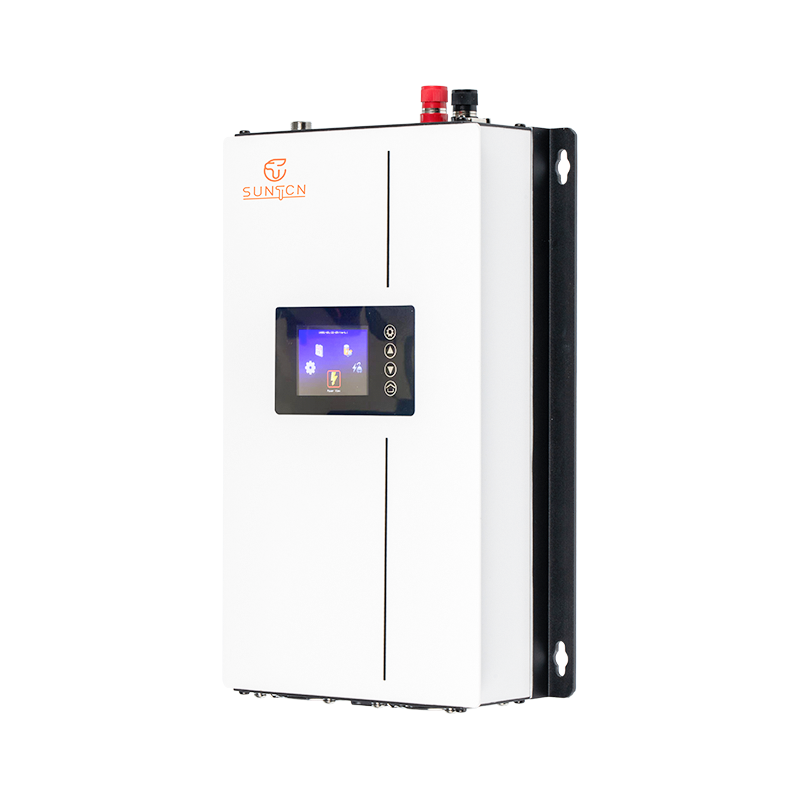
3. Overcurrent Protection
Function: Detects excessive current flow and shuts down the inverter if necessary.
Purpose: Prevents damage to the inverter and reduces the risk of electrical fires caused by overcurrent conditions.
4. Surge Protection
Function: Incorporates surge protection devices (SPDs) to absorb and dissipate excess energy from power surges or lightning strikes.
Purpose: Shields the inverter and connected systems from the damaging effects of sudden high-voltage surges.
5. Thermal Protection
Function: Monitors the internal temperature of the inverter and reduces output or shuts down the inverter if it overheats.
Purpose: Prevents overheating, which can cause damage to the inverter components and reduce its lifespan.
6. Ground Fault Protection
Function: Detects ground faults (unintended electrical paths to the ground) and disconnects the inverter to prevent electrical shock and damage.
Purpose: Ensures the safety of users and the integrity of the electrical system.
7. Frequency Protection
Function: Monitors the grid frequency and disconnects the inverter if the frequency deviates from a specified range.
Purpose: Maintains synchronization with the grid and prevents potential damage from frequency fluctuations.
8. Short-Circuit Protection
Function: Detects short circuits and immediately shuts down the inverter.
Purpose: Protects the inverter and connected devices from the high current flow and potential fire hazards associated with short circuits.
9. Remote Monitoring and Control
Function: Provides real-time monitoring and control capabilities, allowing users to remotely shut down the inverter or adjust its settings.
Purpose: Enhances safety by enabling quick response to potential issues and facilitating preventive maintenance.
10. Automatic Restart
Function: Automatically restarts the inverter once normal grid conditions are restored after a disruption.
Purpose: Ensures continuous operation without the need for manual intervention, improving system reliability.
11. Isolation Transformers
Function: Provides electrical isolation between the DC input and the AC output.
Purpose: Enhances safety by preventing direct electrical connection between the turbine and the grid, reducing the risk of electrical shock and equipment damage.
Wind Grid Tie Inverters are equipped with comprehensive safety features designed to protect both the inverter and the overall electrical system from various hazards. These safety mechanisms ensure reliable operation, protect against potential damage, and enhance the safety of users and utility workers.

 English
English Español
Español Deutsch
Deutsch